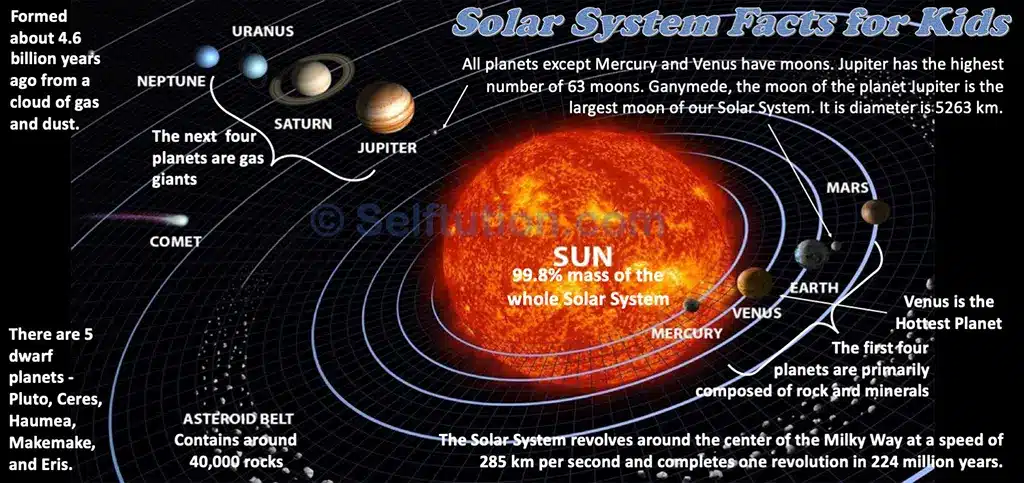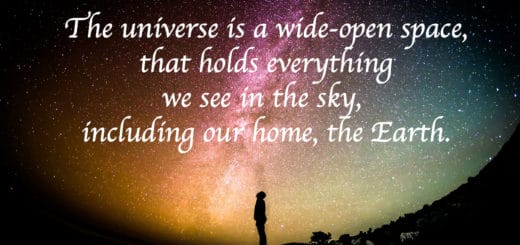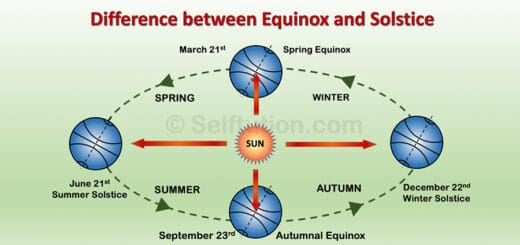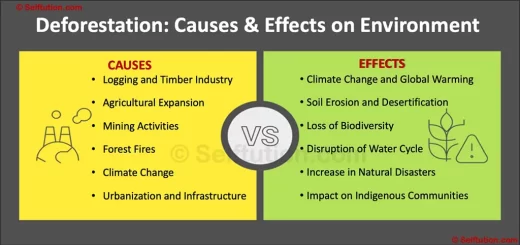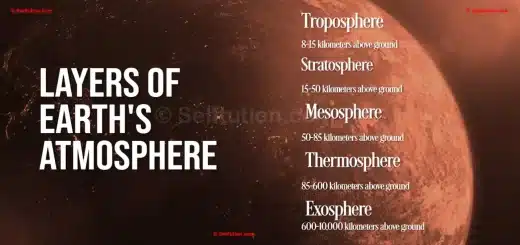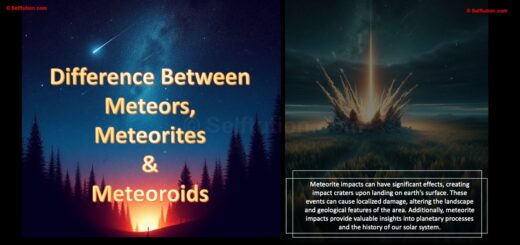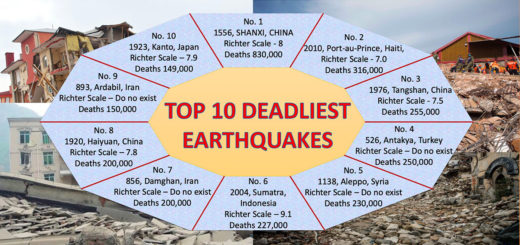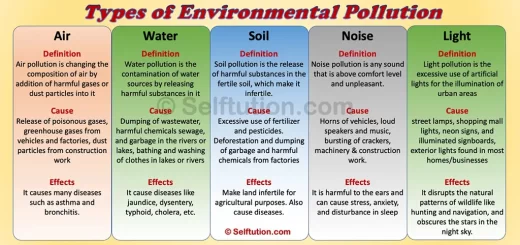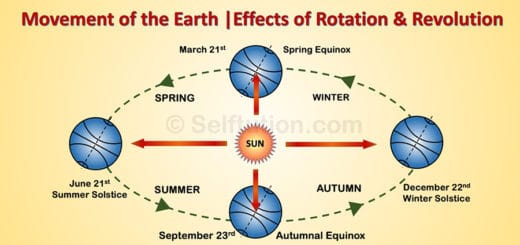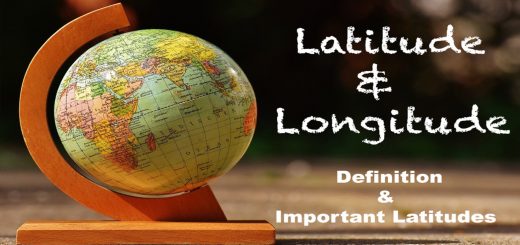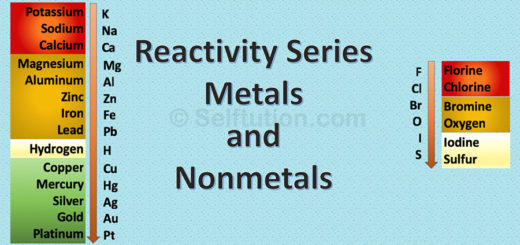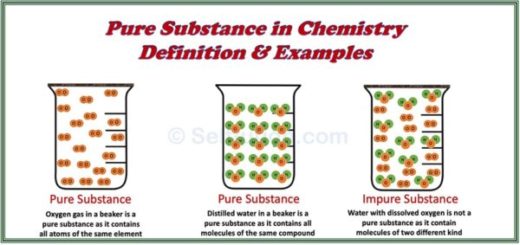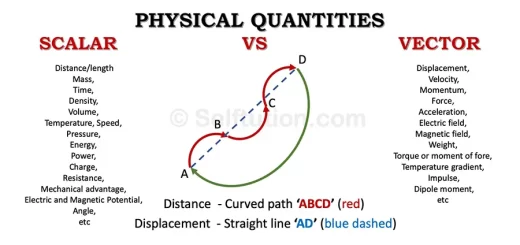SOLAR SYSTEM FACTS FOR KIDS | BASIC AND AMAZING
If you love learning about space, you’re in the right place! Our solar system is full of amazing facts waiting to be discovered. For centuries, scientists have explored the planets, moons, and stars to understand the universe better. Thanks to new technology, we keep uncovering incredible solar system facts that make space even more exciting.
From the blazing heat of the Sun to the icy worlds of the outer planets, every part of our cosmic neighborhood is unique. Some planets have massive storms, while others have volcanoes or frozen oceans. Even tiny asteroids and distant dwarf planets play a role in shaping the solar system.
There’s so much to explore, and while we can’t cover everything, we’ve gathered some of the most fascinating facts about our solar system for young space enthusiasts. Get ready to embark on an exciting journey through space and uncover the wonders of our solar system!
Click to Download……..Basic Solar System Facts in PDF format
Solar System Facts for Kids
Basic Solar System Facts for Kids
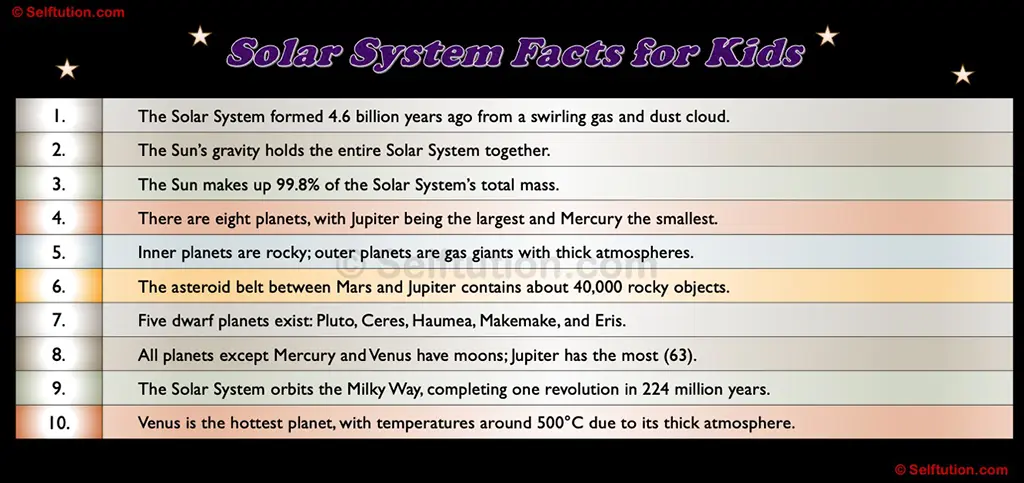
Solar System Facts for Kids
- The Solar System took shape approximately 4.6 billion years ago, emerging from a swirling cloud of gas and dust surrounding the newborn star, the Sun.
- Positioned at its heart, the Sun, our star, exerts an invisible gravitational force, anchoring everything within the Solar System.
- Remarkably, the Sun constitutes a staggering 99.8% of the Solar System’s total mass, with planets, comets, meteoroids, asteroids, and other celestial bodies comprising the remaining 0.2%.
- Our solar system hosts eight planets: Mercury, Venus, Earth, Mars, Jupiter, Saturn, Uranus, and Neptune, with Jupiter reigning as the largest and Mercury claiming the title of the smallest.
- The inner quartet—Mercury, Venus, Earth, and Mars—are predominantly rocky, characterized by solid compositions of minerals and rock. In contrast, the outer quartet—Jupiter, Saturn, Uranus, and Neptune—are gas giants, featuring vast atmospheres primarily composed of hydrogen and helium.
- The asteroid belt, located between Mars and Jupiter, contains approximately 40,000 rocky objects.
- In addition to the eight major planets, our solar system includes five dwarf planets: Pluto, Ceres, Haumea, Makemake, and Eris.
- Just as the planets orbit the Sun, natural satellites, or moons, orbit planets. All planets except Mercury and Venus have moons. Jupiter has the most, with 63 moons. Ganymede, Jupiter’s largest moon, is the largest in our solar system, with a diameter of 5,263 kilometers.
- The solar system orbits the center of the Milky Way galaxy at a speed of 285 kilometers per second, completing one revolution every 224 million years.
- Venus is the hottest planet in our solar system, with surface temperatures around 500⁰C. Despite being closer to the Sun, Mercury is cooler due to Venus’s thick atmosphere rich in greenhouse gases.
What is our Solar System called?
Kids often ask, “What is our solar system called?” This question arises because our solar system isn’t unique in the universe; many other stars have similar planetary systems, known as stellar systems. The term “stellar” means “relating to a star or stars.” Our solar system gets its name from our star, the Sun, which we derive from the Latin word “Sol.” Therefore, we refer to our stellar system as the Solar System.
Where is our Solar System located in the Milky Way?
Just as the planets revolve around the Sun, our solar system orbits the center of the Milky Way galaxy at a speed of 285 kilometers per second, completing one revolution every 224 million years. Our solar system lies approximately 27,000 light-years from Sagittarius A*, a massive black hole at the center of the Milky Way. The image below shows the approximate location of our solar system within the Milky Way galaxy.
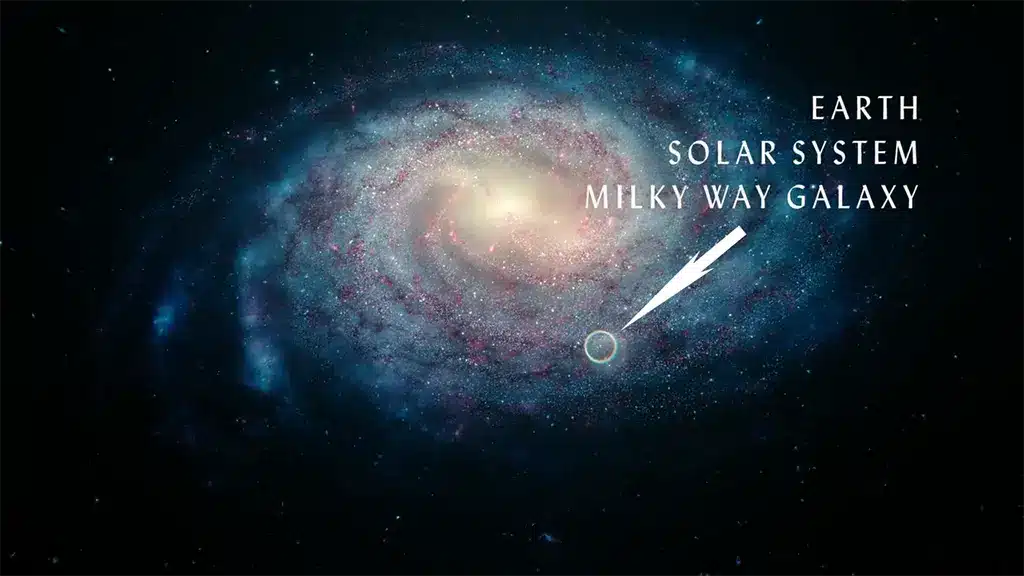
Location of the Solar System in the Milky Way Galaxy
Seven Uncommon and Amazing Solar System Facts for Kids
- Our Sun might be the big daddy of our solar system, but it is relatively small when we compare it to other stars in the universe. It will likely end its life as a white dwarf star.
- The edge of the solar system extends beyond Pluto’s orbit, reaching into the Kuiper Belt and the Oort Cloud. The Kuiper Belt, similar to the asteroid belt between Mars and Jupiter, is a region filled with icy bodies and dwarf planets. The Oort Cloud is a spherical shell surrounding the entire solar system, containing countless comets.
- We measure the size of the solar system in Astronomical Units (AU), with 1 AU equal to the distance between the Earth and the Sun. The outer extent of the Oort Cloud is considered the “edge” of our solar system, where the Sun’s gravitational influence wanes. This makes our solar system about 100,000 AU in diameter.
- Some astronomers believe there may be a ninth planet, often called “Super-Earth,” which orbits far beyond the Kuiper Belt.
- Saturn’s largest moon, Titan, has a topography similar to Earth, with rivers, lakes, and mountains. However, Titan’s rivers are composed of liquid methane, and its mountains are made of frozen water.
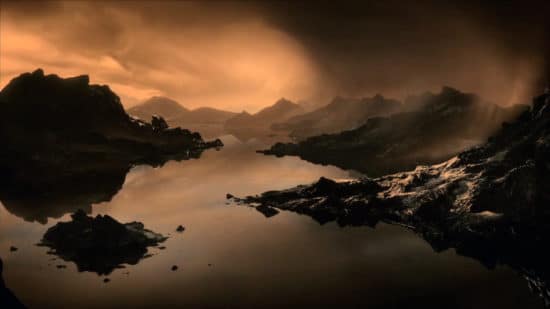
Titan’s Surface, which looks similar to that of the Earth
- Ceres is the largest object in the asteroid belt, with a diameter of approximately 945 kilometers. Recently, Ceres was reclassified as a dwarf planet.
- Water, once considered rare in the universe, is quite common. Many planets, comets, and moons contain water in various forms.
DOWNLOADS
Click to Download……..Basic Solar System Facts for Kids in PDF format
Click to Download……..Amazing Solar System Facts for Kids in PDF format
